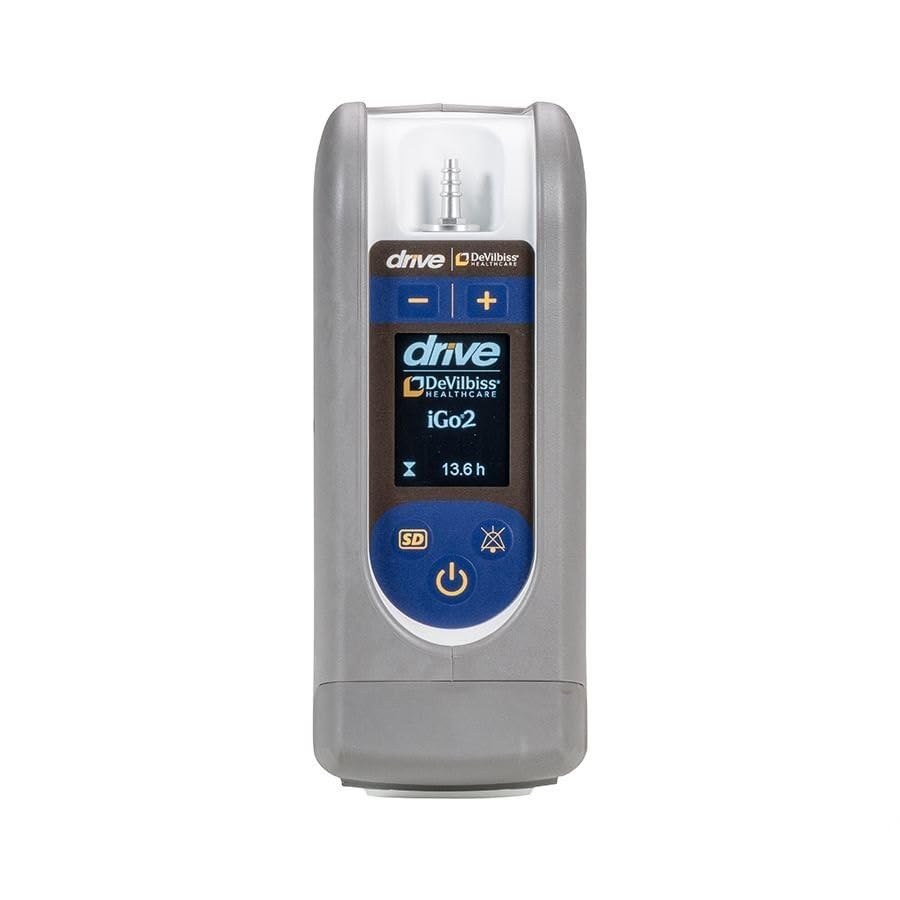Bipolar disorder is a mental health condition characterized by fluctuations in energy and mood. It is typically treated with medication and therapy and can be managed with proper diagnosis and care. There are four different types of bipolar disorder that vary in intensity, frequency, and duration of symptoms. Let’s take a closer look at each one.
What does bipolar mean?
Bipolar disorder has two aspects:
– Bi means ‘two’
– Polar means ‘completely Opposite’
The term bipolar refers to how your mood can change between two different states: mania and depression. In the past, people called bipolar as manic depression. You can still hear people using this old word today.
Bipolar I Disorder
Bipolar I disorder is the most severe type of bipolar disorder. People with this type experience manic episodes that last for seven days or longer, or manic episodes so severe that they require hospitalization. These episodes are paired with periods of depression. Manic episodes associated with bipolar I disorder can include euphoria, irritability, decreased need for sleep, racing thoughts, increased activity levels, and grandiose ideas. Depressive episodes can include sadness, hopelessness, loss of interest in activities that were previously enjoyed, fatigue, and thoughts of suicide or death.
Bipolar II Disorder
Bipolar II disorder involves alternating periods of depression and hypomania—periods during which individual experiences less intense mania than those seen in bipolar I disorder. Hypomania is not as severe as mania but still involves elevated moods along with rapid speech patterns and racing thoughts.
People living with bipolar II disorder often have difficulty functioning normally at work or school during hypomanic episodes due to their elevated energy levels and impaired judgment or decision-making skills. Additionally, depressive episodes associated with bipolar II disorder can be as severe as those seen in people living with bipolar I disorder.
Cyclothymic Disorder
This type of bipolar disorder involves milder shifts in mood than the other two types described above, but these shifts still significantly interfere with daily life activities such as work or school performance and relationships. Unlike different types of bipolar disorder where depressive episodes are usually more intense than manic periods (or vice versa), cycling between hypomania and depression tends to be pretty even in cyclothymic disorders meaning the highs aren’t too high or the lows too low for long periods at a time.
During this type of episode cycle individuals may experience some symptoms associated with both manic/hypomanic states (such as inflated self-esteem) as well as depressive states (such as feelings of worthlessness).
Cyclothymic disorders generally begin in adolescence or early adulthood when mood swings are more common, but they can continue into adulthood if left untreated. This type has been known to fluctuate over several years before becoming diagnosed while other types may come on suddenly without warning within weeks or months depending on what triggers them initially i.e., stressors like bereavement, etc…
Treatment often includes medications such as antidepressants and antipsychotics, and psychotherapy to help manage symptoms better over time, especially if non-medicated approaches fail first-hand management strategies such as remaining active physically & socially; practicing mindfulness meditation; using cognitive behavioral therapies; prioritizing healthy eating habits, etc.
As mentioned earlier, all forms do require medical attention, so please don’t wait too long to seek help from your primary care physician if you think you may have any signs & symptoms associated with this condition(s). A thorough assessment will be necessary for proper diagnosis since many other mental health conditions share similar symptoms, including major depression & anxiety disorders, among others hence why it’s important to see a qualified medical professional who has knowledge about this particular field so he/she can make sure your treatment plan fits your individual needs accordingly! Early identification & intervention are key components toward successful recovery outcomes!
Early detection + intervention = better recovery outcomes, so don’t hesitate to seek help from your primary care physician if you think you may have any signs/symptoms related to this condition(s)! Don’t forget there’s no shame in asking for assistance rather, being proactive about its management will only increase your chances of achieving healthier well-being! Until next time stay safe & take care, everyone.
Rapid cycling bipolar
Bipolar 1 or 2 with “rapid cycling” is considered when you have 4 or more depressive, manic or hypomanic, or mixed episodes in one year.
It means:
- You experience symptoms of mania or hypomania, followed by depression.
- You feel comfortable for a few weeks between events. For example, you may go from a manic period to a stable period.
- You experience episodes that will last for months, weeks, or days.
- If you have bipolar disorder, you may experience rapid cycles at some times in your life and not at others.
Bipolar with mixed features
You may be told that you are bipolar 1 or 2 “with mixed features” if you experience mixed events. This is when you experience depression and mania or hypomania at the same time, or soon after each other. This is called mixed bipolar disorder or mixed affective bipolar.





























